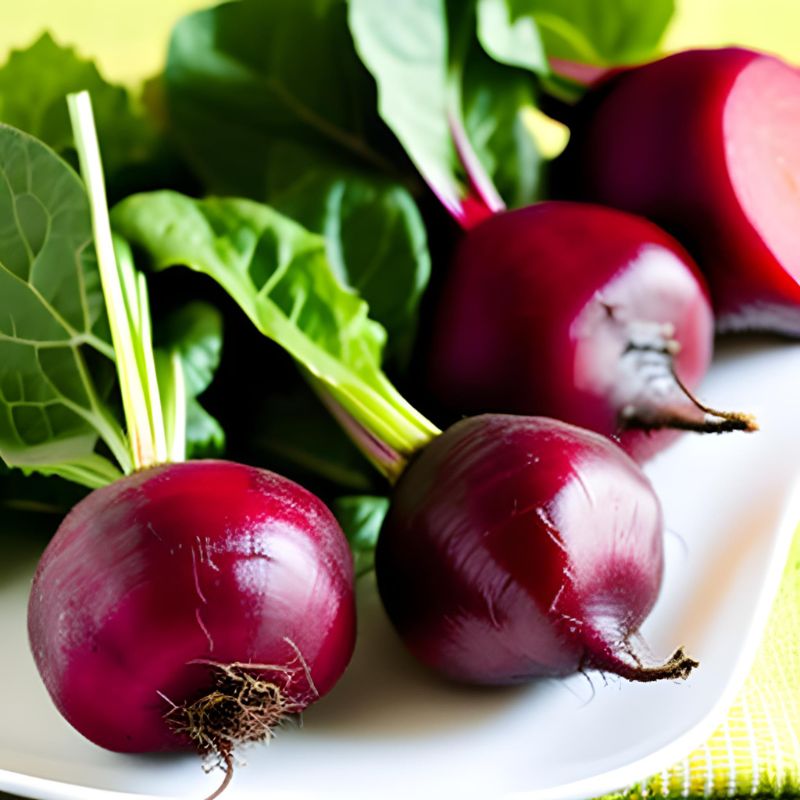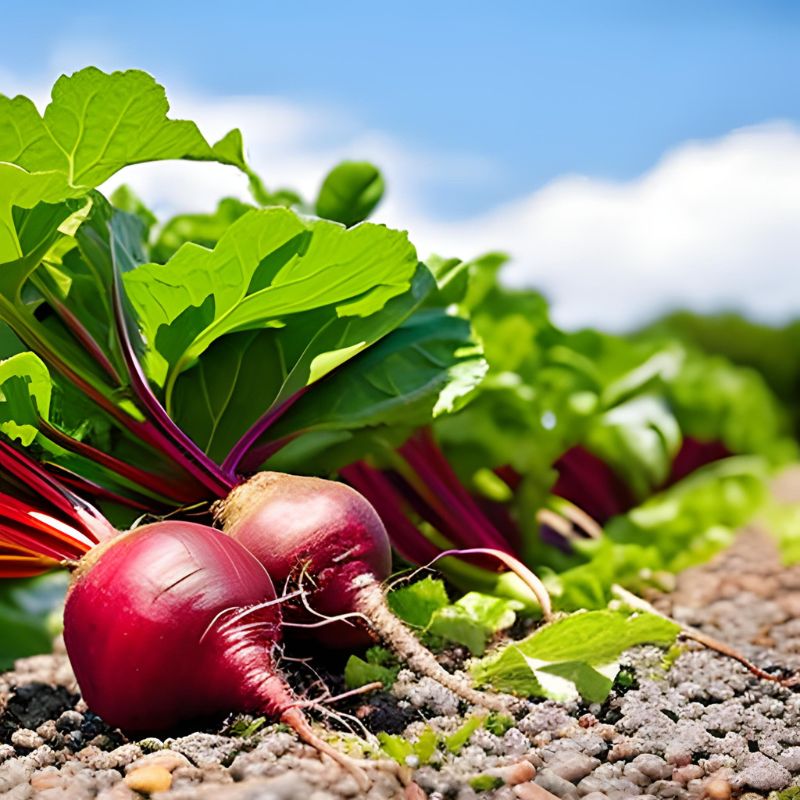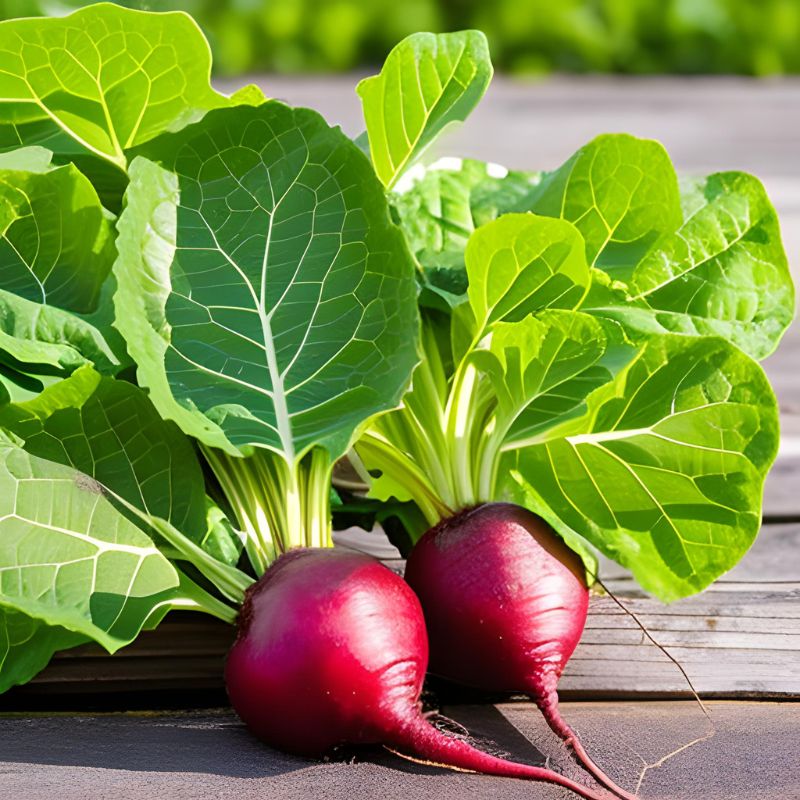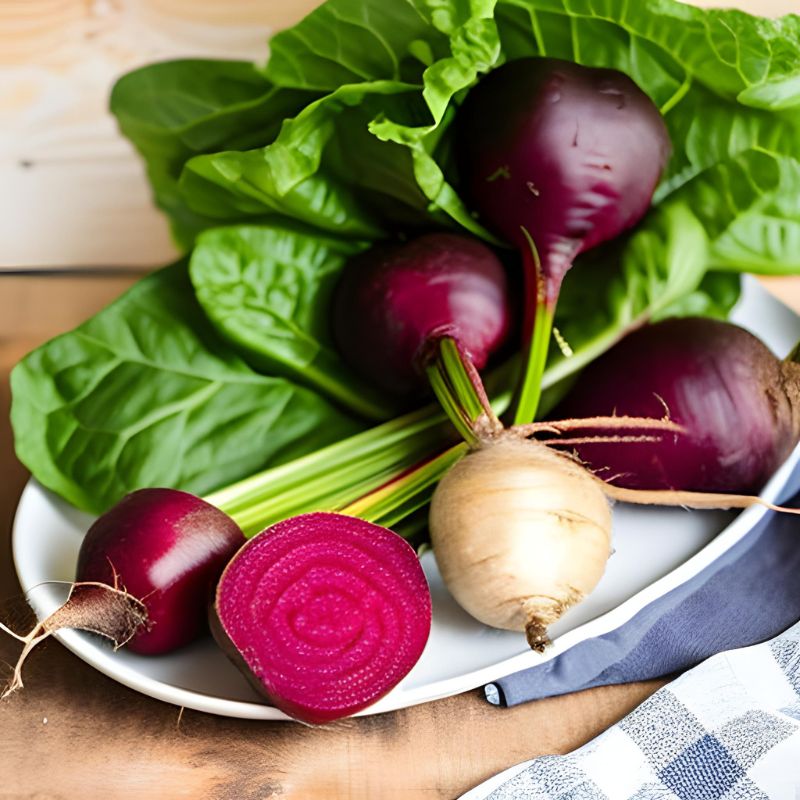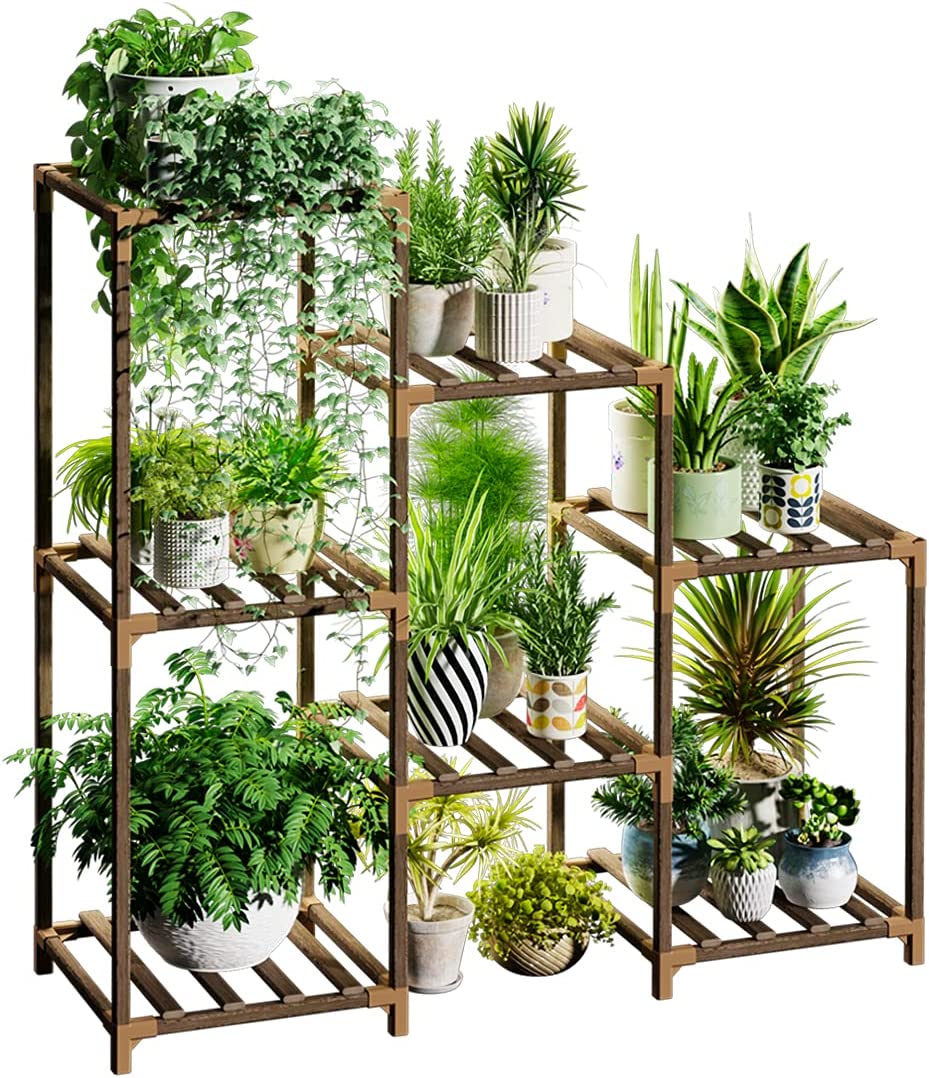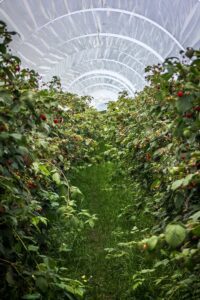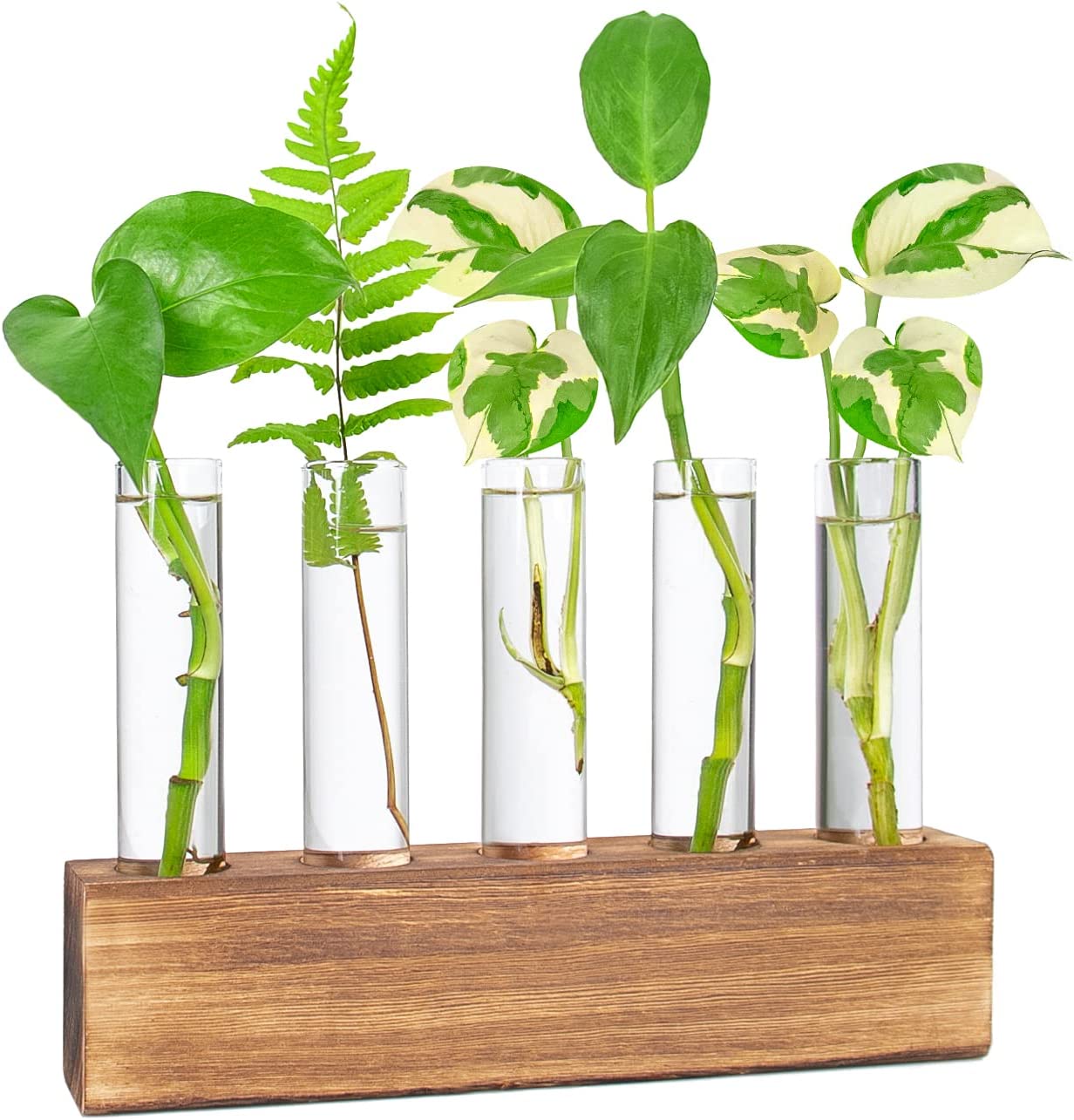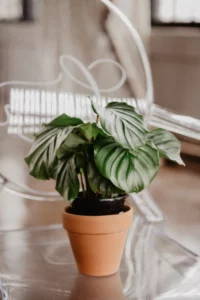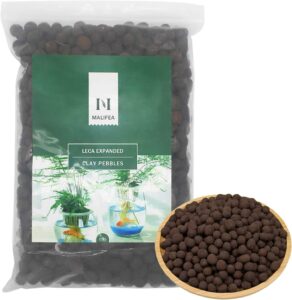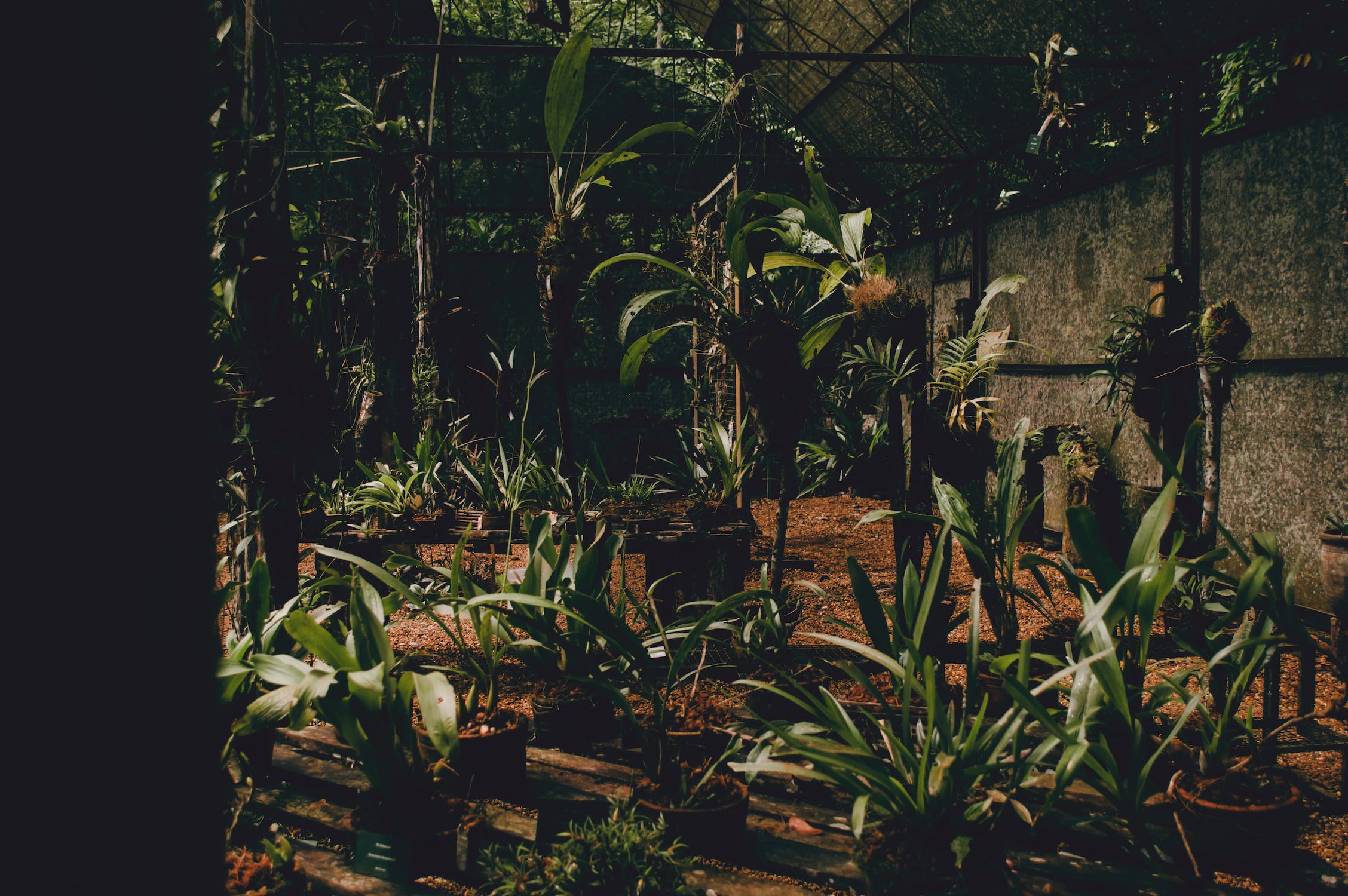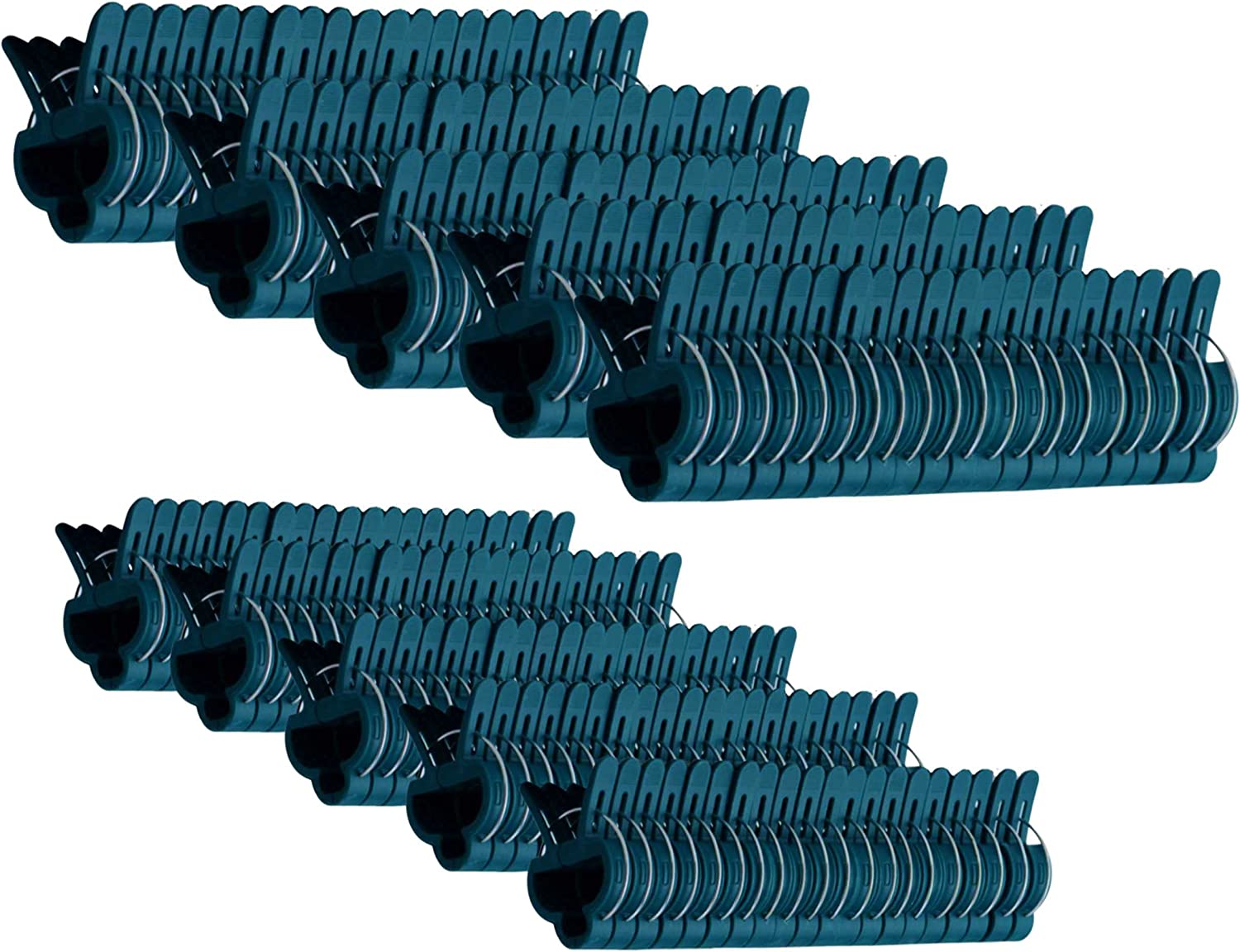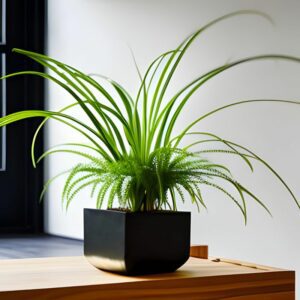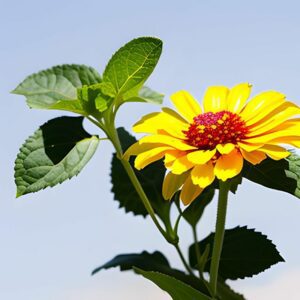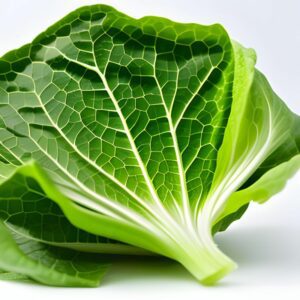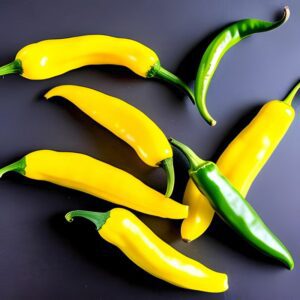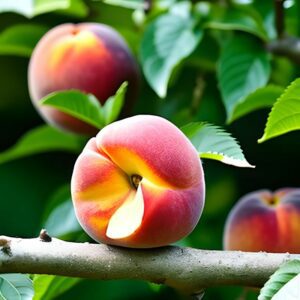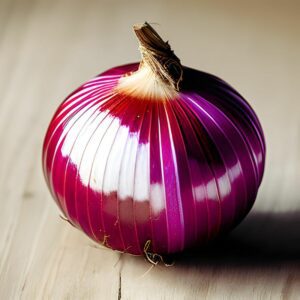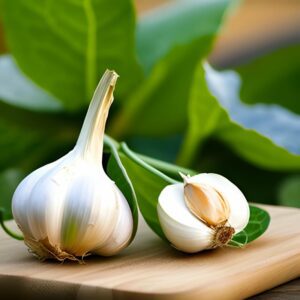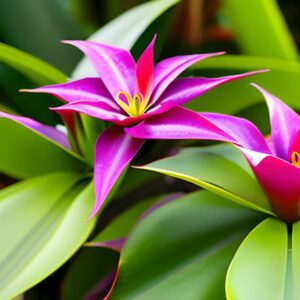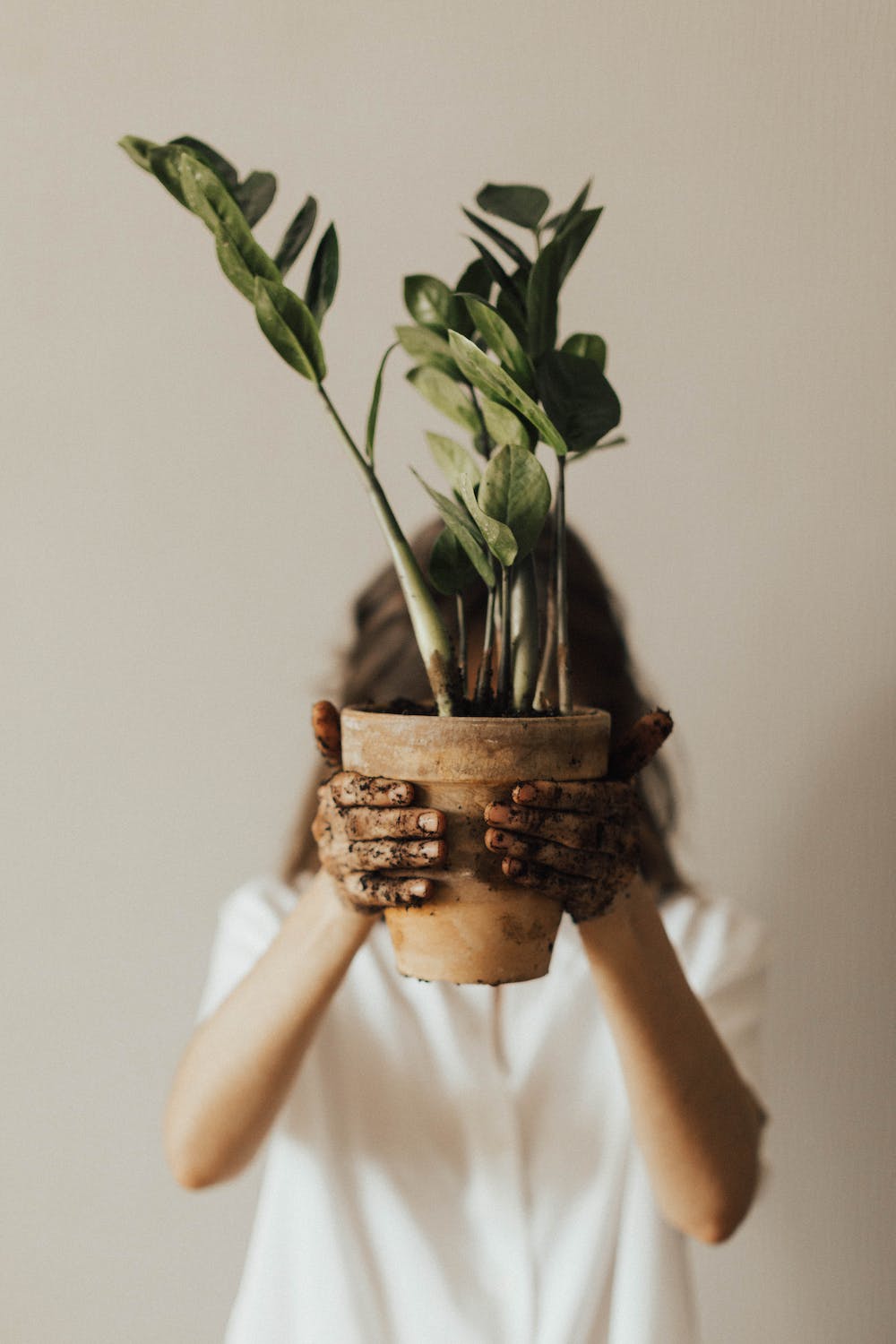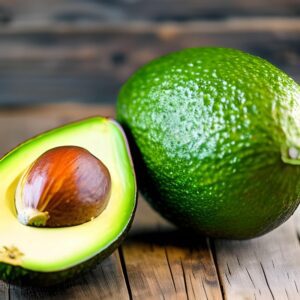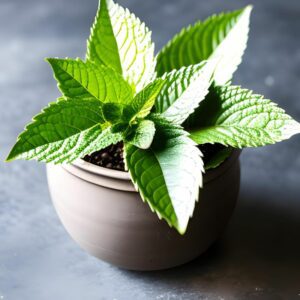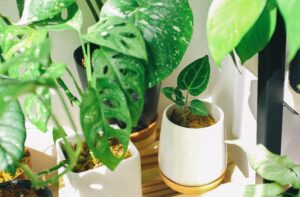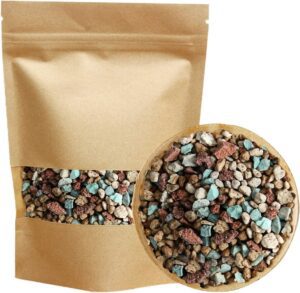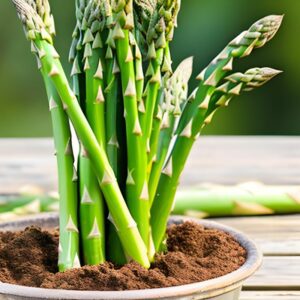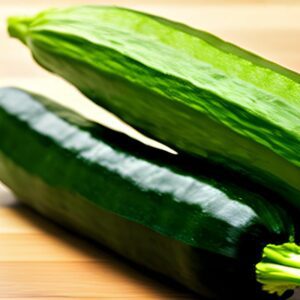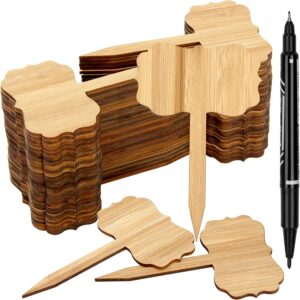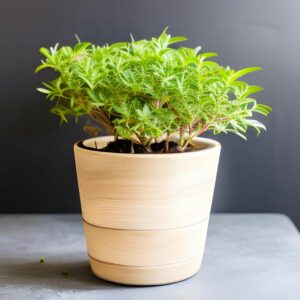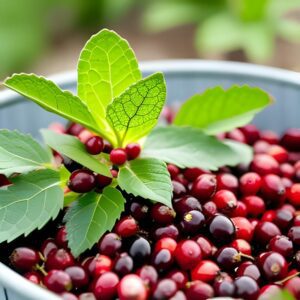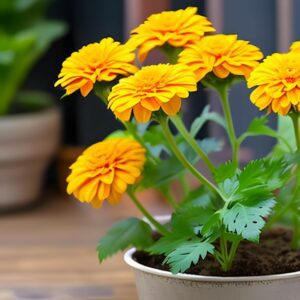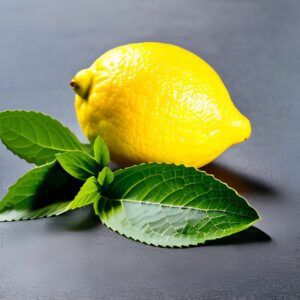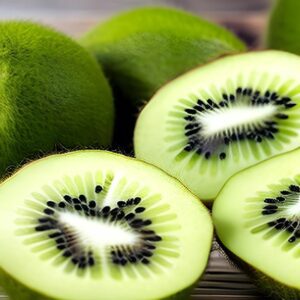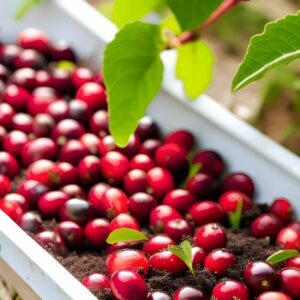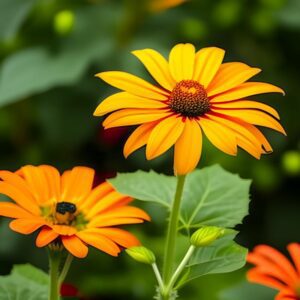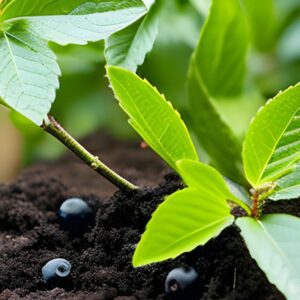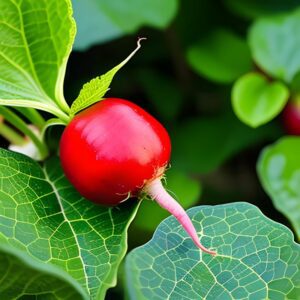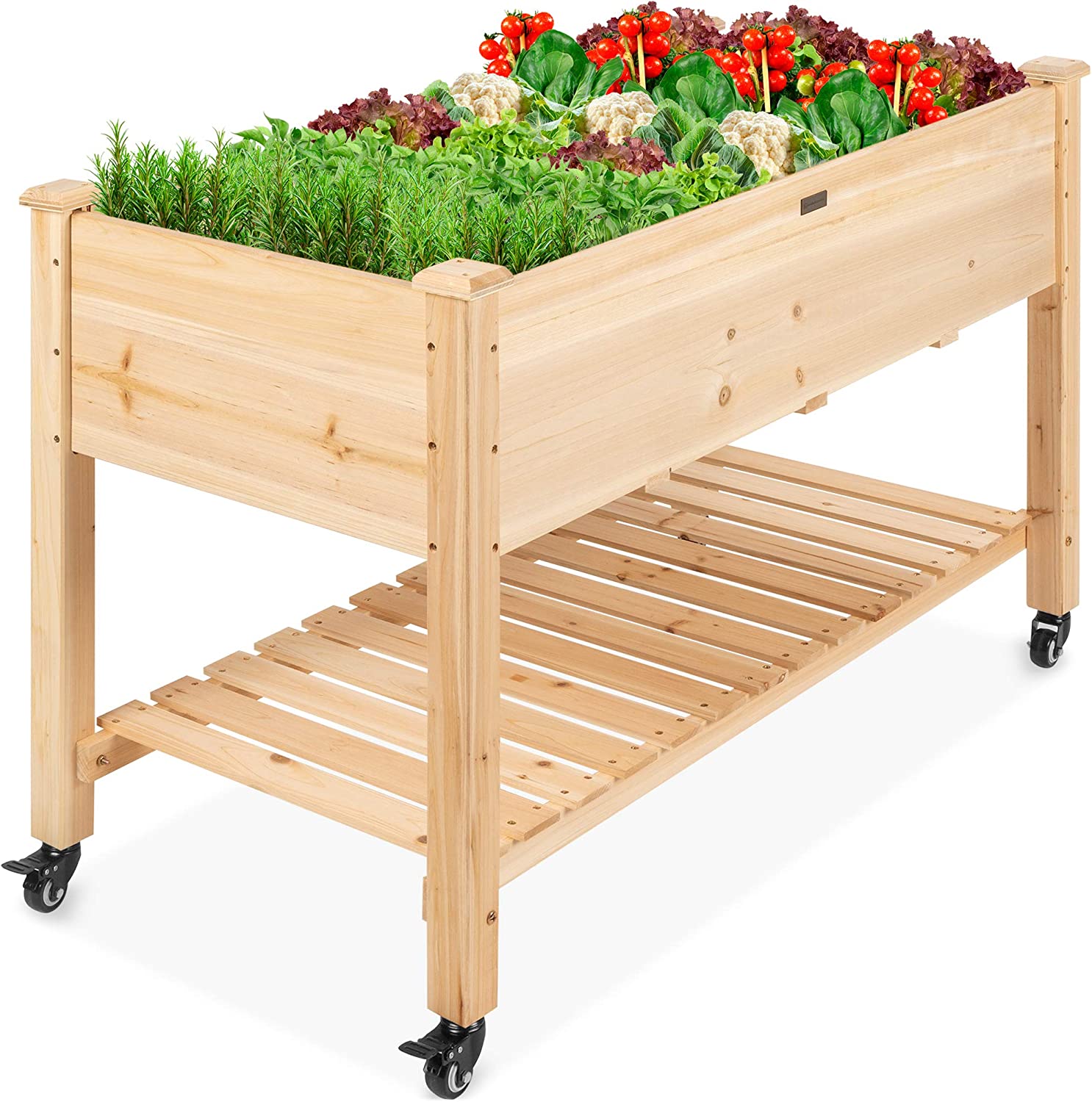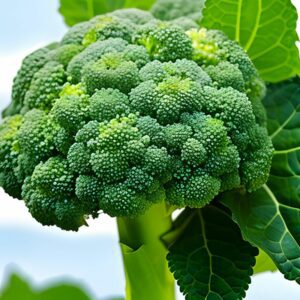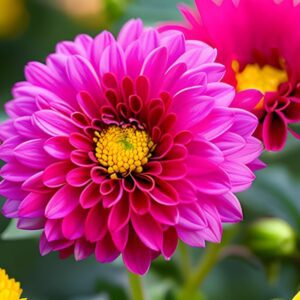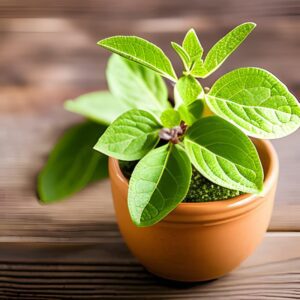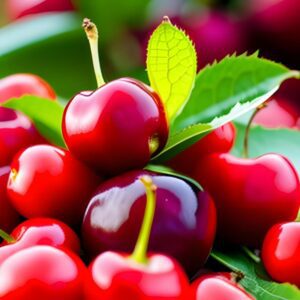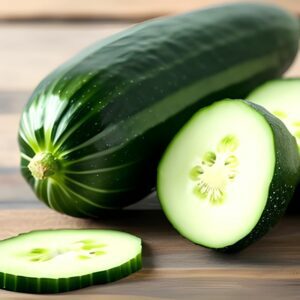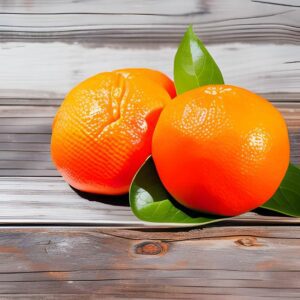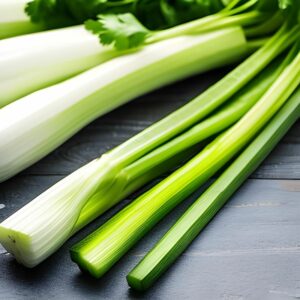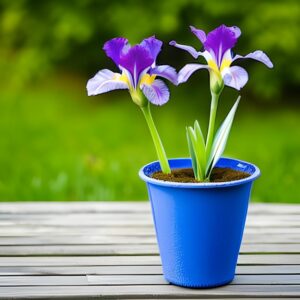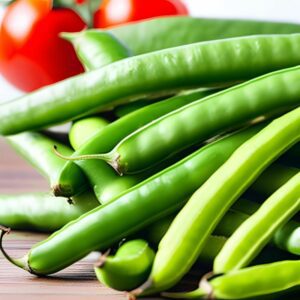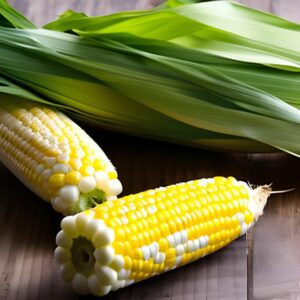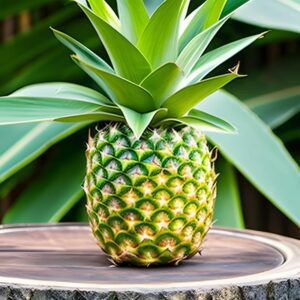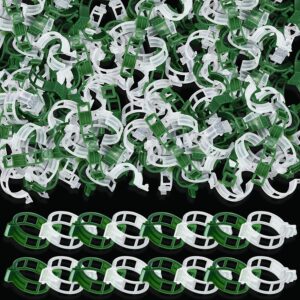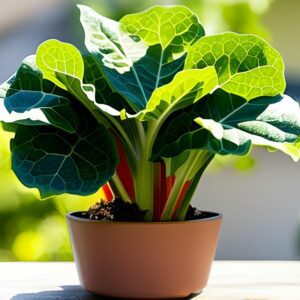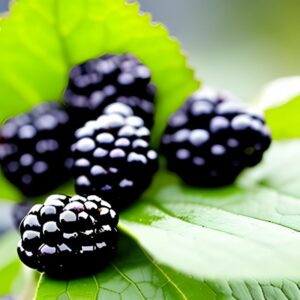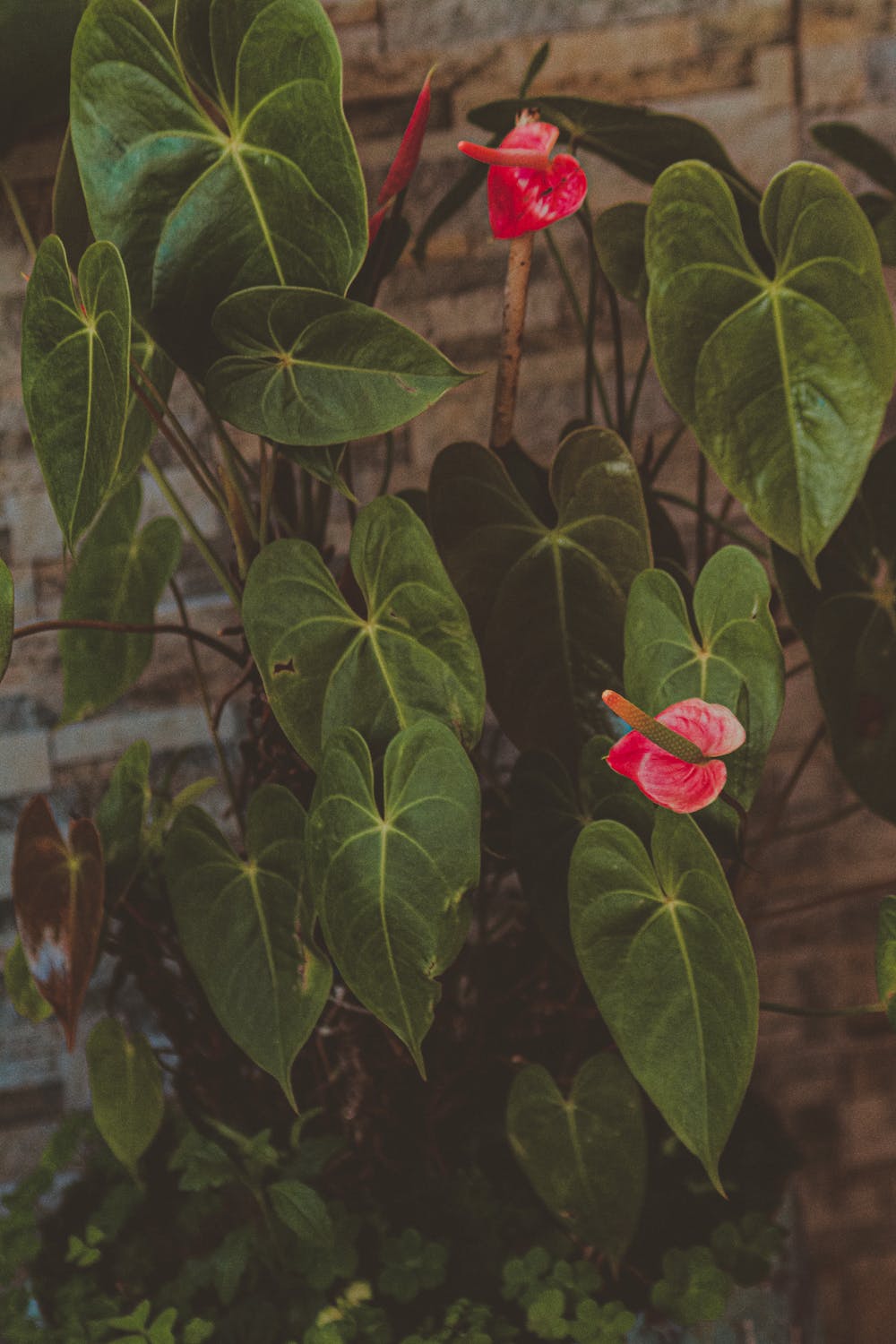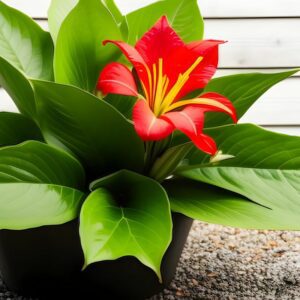Beets
Vegetables
- Mediterranean
- Easy
- 55-70 Days
Introduction
Beets are root vegetables known for their earthy flavor and vibrant colors. They are versatile in cooking and can be enjoyed roasted, boiled, pickled, or even raw. Beets are not only delicious but also packed with essential nutrients, making them a healthy addition to your diet.
Plant Characteristics
Beets have round or cylindrical roots with a smooth skin. The roots come in various colors, including deep red, golden yellow, and striped varieties. The edible greens, known as beet greens or beet tops, are also nutritious and can be harvested and enjoyed as leafy greens.
Ideal Growing Conditions
They prefer full sun but can tolerate partial shade. The soil should be well-draining, loose, and rich in organic matter. Aim for a pH level of 6.0 to 7.5.
Planting Guide
Sow beet seeds directly in the garden after the danger of frost has passed. Plant the seeds about ½ inch deep and space them 2-4 inches apart in rows. Thin the seedlings to about 3-4 inches apart once they have grown a few inches tall.
Watering and Fertilizing
Keep the soil consistently moist but avoid overwatering, as it can cause the roots to become watery and bland. Water deeply once or twice a week, depending on rainfall. Fertilize with a balanced vegetable fertilizer according to package instructions.
Pruning and Maintenance
Beets do not require pruning. However, regular weeding is important to prevent competition for nutrients. Mulching around the plants helps to suppress weeds and conserve soil moisture.
Harvesting or Flowering
Beets can be harvested when the roots reach a desired size, usually around 1-3 inches in diameter, depending on the variety. Gently loosen the soil around the roots and lift them out. Cut off the tops, leaving about an inch of the stem intact.
Post-Harvest Care
After harvesting, remove the beet greens from the roots, leaving a small portion of the stem attached. Store the unwashed roots in a cool, dark place such as a root cellar or refrigerator. Beet greens can be stored separately in the refrigerator for a few days.
Troubleshooting
Common issues with beets include pests like aphids and leaf miners, as well as diseases like powdery mildew and damping-off. Monitor the plants regularly, and if necessary, use organic or chemical controls recommended for the specific pests or diseases.
Fun Facts
Beets have been cultivated since ancient times and were even used as an aphrodisiac in Roman times. The red pigments in beets called betalains have antioxidant properties and are responsible for their vibrant color.
